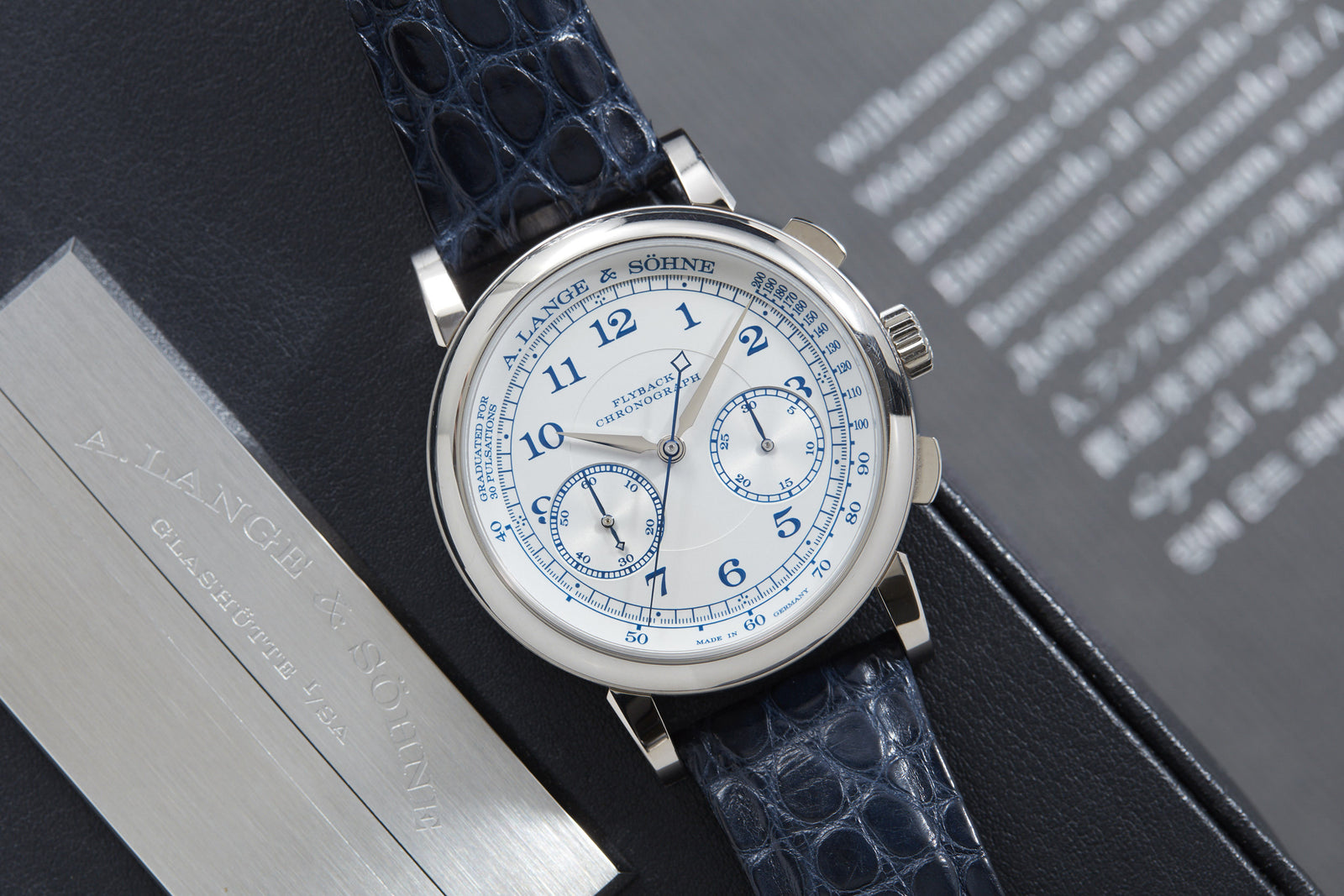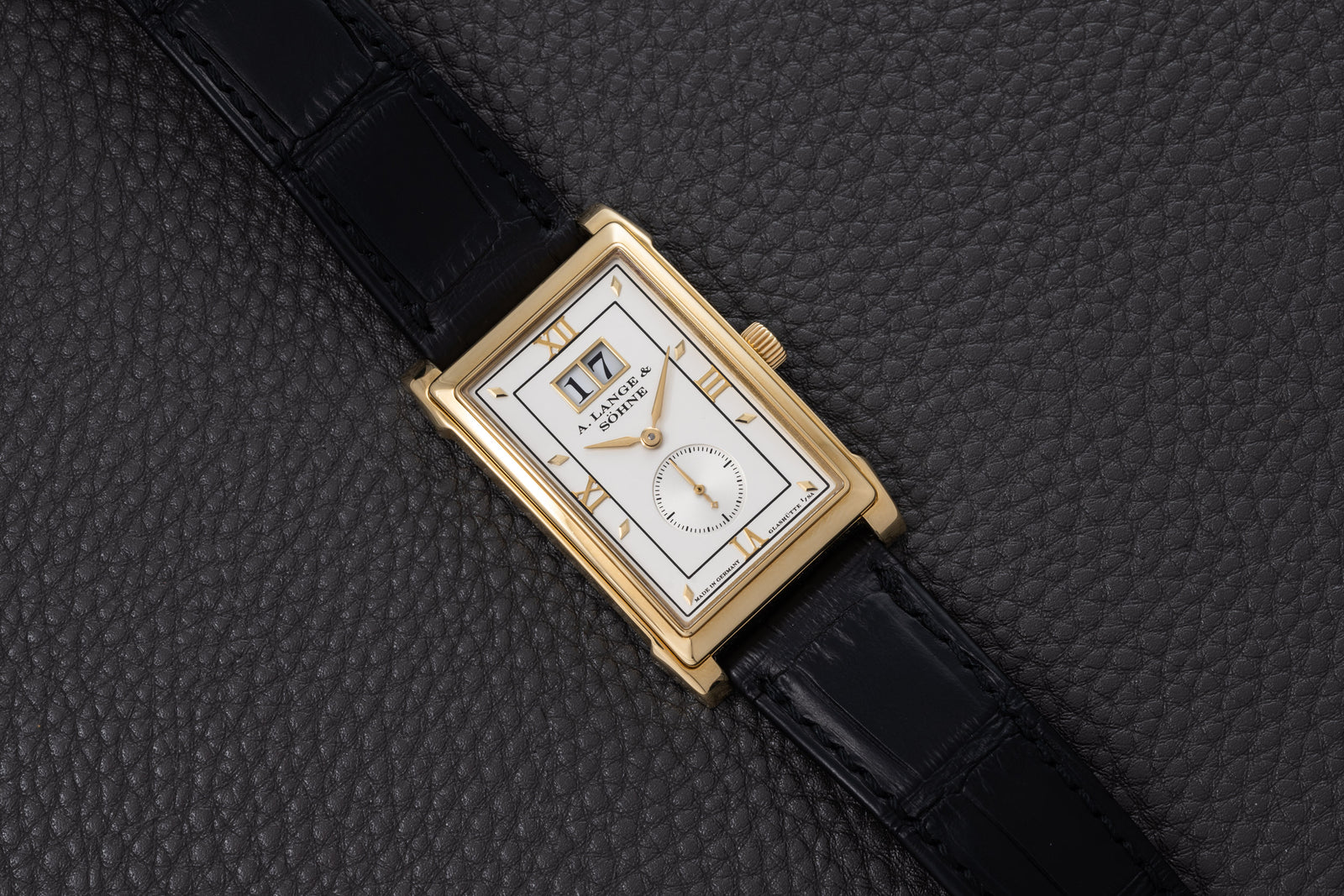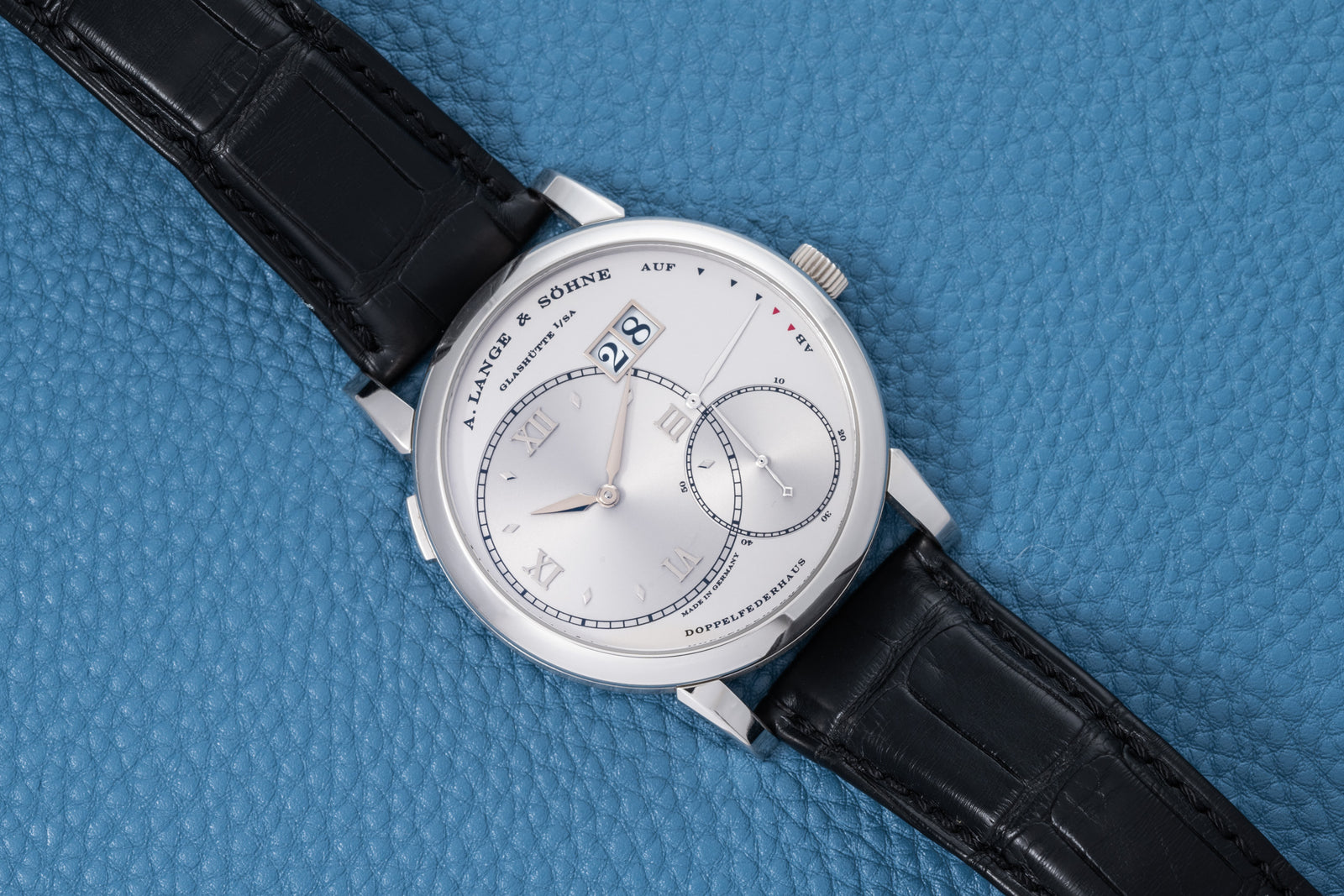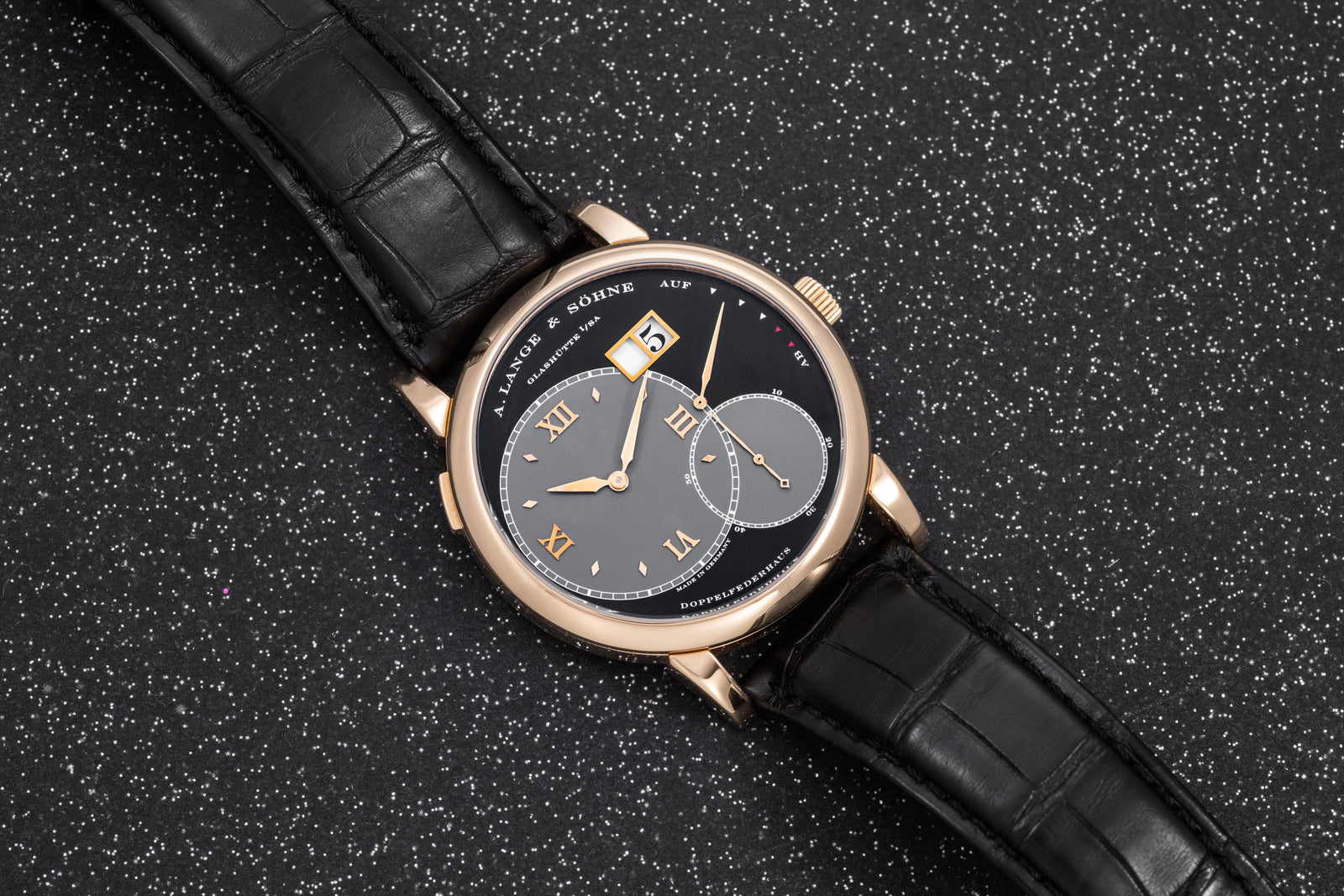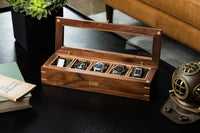Heuer Camaro
- Soldspan>
- Sold
Why We Love it
–
Why We Love it
–1969 means different things to different people. Historically speaking, it marked the year that mankind finally "slipped the surly bonds of earth" and touched the face of another celestial body, the Moon. In the world of watches, it marks the introduction of two horological game-changers: the automatic chronograph, produced by Breitling and Heuer on one side and Seiko on the other; and the world's first commercially-available quartz wristwatch, also produced by Seiko.
But to one man, the 1969 racing season marked the start of a second career that would end in a few lonely laps at Lime Rock at the age of 83.
In 1969 Paul Newman was 44. The blonde, blue-eyed actor--number nineteen on Richard Nixon's Political Enemies Project--had just wrapped filming on Butch Cassidy and the Sundance Kid and was training for his next project, Winning. After embodying a notorious outlaw, for his next project he slipped from Butch Cassidy's saddle into the cockpit of a race car driver who aspires to win the Indy 500.
Unlike many actors who live and breathe their roles and then forget them once shooting has wrapped, in race car driving Newman found an area of life in which he truly thrived. More than that, the actor later wrote that "it was the first thing that I ever found I had any grace in." While training for the role at Bob Bondurant's racing school with Winning costar Robert Wagner, Newman caught the racing bug; three years later, Newman would earn a license with the Sports Car Club of America on his friend's Lotus Elan.
He made his professional racing debut in 1971 under the name P. L. Newman--the name under which he would race for the rest of his life. In that race he piloted a Datsun 510 owned by Bob Sharp (a collaborator on Winning), on whose team he would race until the mid-1990s. Eight years later Newman would make his debut in the 24 Hours of Le Mans, in a Porsche 935, placing second.
In 1995, nearly 20 years later, Newman would win the 24 Hours of Daytona at the age of 70--the oldest driver ever to take part in a sanctioned race.
Newman continued to race well into his 70s and 80s, displaying the same technical skill and tenacity that he showed in his acting career. Sam Posey, a lifelong friend, recalled one lap Newman made at Lime Rock at the age of 81. Posey wrote, "His car was a brutish Corvette which had his age as its number. I remember when it was No. 81 and he was racing at Lime Rock. It was raining, and the track had standing water at several places. Any sensible 81-year-old would have put the thing on the trailer, but Paul got out there, out braked the field into Turn One, got into a slide at about 120 mph, corrected deftly, and shot through into the lead, which he never lost."
Two years later, Newman--riddled with the cancer which would take his life--made a final lap at Lime Rock. On August 13, 2008, the owners of the park closed it down so that Newman could make one last circuit of the track where he had raced for many years. An onlooker later recalled that he pushed his car "nearly to the absolute limit."
Around the same time Newman took his first test drives on the racetrack, Heuer released a new racing-inspired chronograph: the Camaro.
The Camaro debuted in 1968, the year before Zenith, Seiko, and Heuer all came out with automatic chronographs. With the Camaro’s manual movement and smaller size, it was awkward when compared to the sleekness of the Carrera or the stockiness of the Monaco. But for all this, the Camaro's distinctive style--just as unique as the Monaco--reserves it a place in the pantheon of great Heuer chronographs.
Like the Monaco's case, the Camaro's is square, but where the Monaco's is all sharp, beveled edges, the Camaro is a softened cushion with straight lugs. The case is thin, comfortable on the wrist. But like all square cases, it wears larger than its 37mm would suggest.
And though the Camaro never had a ringing endorsement by a Jo Siffert or a Jochen Rindt, and though Paul Newman never wore one, it still has strong racing blood in its veins and design DNA. Jack Heuer (himself an amateur race car driver and lifelong enthusiast) named it after the Chevy Camaro, which was the Pacecar in the Indy 500 from 1967 to 1969. If the Autavia is a Formula One car, then the Camaro is a muscle car.
This particular Camaro is a Reference 9220T, featuring a tachymeter on the outer edge of the elegant silver dial. The printing on the dial is crisp, and the luminescent elements on the hour plots and the hands have gained an even patina over time. Also note the presence of the factory finishing on the case, particularly Heuer's trademark sunburst finishing on the front.
The Camaro's "big brothers" (the Monaco, Autavia, and Carrera) might have stolen the spotlight in the collector market, but in our opinion, you'd be hard pressed to find a legitimate vintage Motorsports chronograph with more style and charisma. It's the total package: it's distinctive, rare, and has one hell of a heavyweight chronograph movement. With all that going for it, the Camaro definitely deserves a spot in your collection.
A:S Guarantee
+
A:S Guarantee
+Our Pledge
Analog:Shift stands behind the authenticity of our products in perpetuity.
Condition
Since our pieces are vintage or pre-owned, please expect wear & patina from usage and age. Please read each item description and examine all product images.
Warranty
We back each Analog:Shift vintage timepiece with a one-year mechanical warranty from the date of purchase.
International Buyers
Please contact us prior to purchase for additional details on shipping and payment options.
Shipping & Returns
+
Shipping & Returns
+All of our watches include complementary insured shipping within the 50 states.
Most of our products are on hand and will ship directly from our headquarters in New York City. In some cases, watches will be shipped directly from one of our authorized partners.
We generally ship our products via FedEx, fully insured, within 5 business days of purchase. An adult signature is required for receipt of all packages for insurance purposes. Expedited shipping is available at an additional cost. We are also happy to hand deliver your purchase in Manhattan or you may pick it up at our showroom.
Returns must be sent overnight or by priority international delivery, fully insured and paid for by the customer. A restocking fee may apply. Watches must be returned in the same condition as initially shipped.
We welcome international buyers, please contact us prior to purchase for additional details on shipping and payment options.
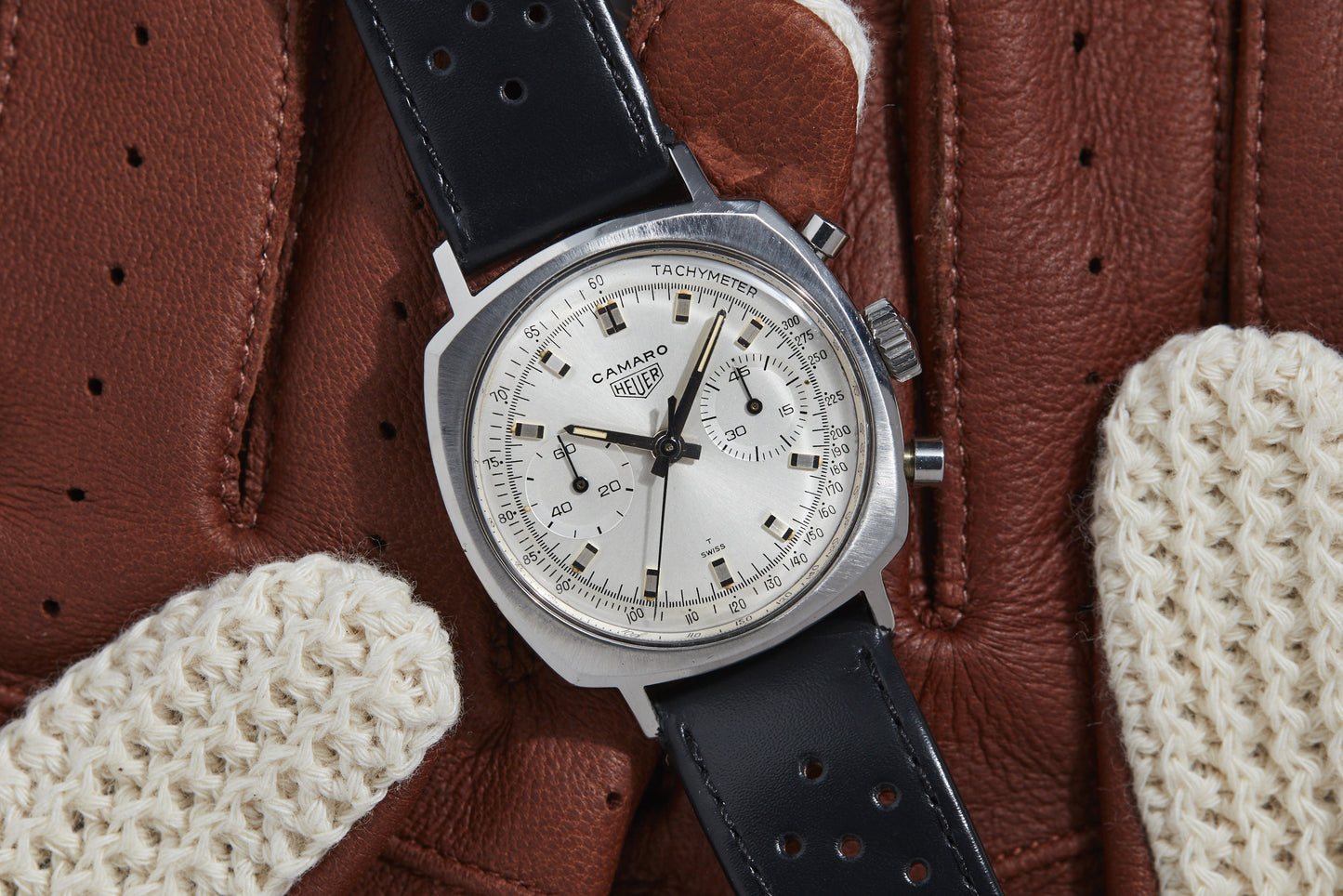


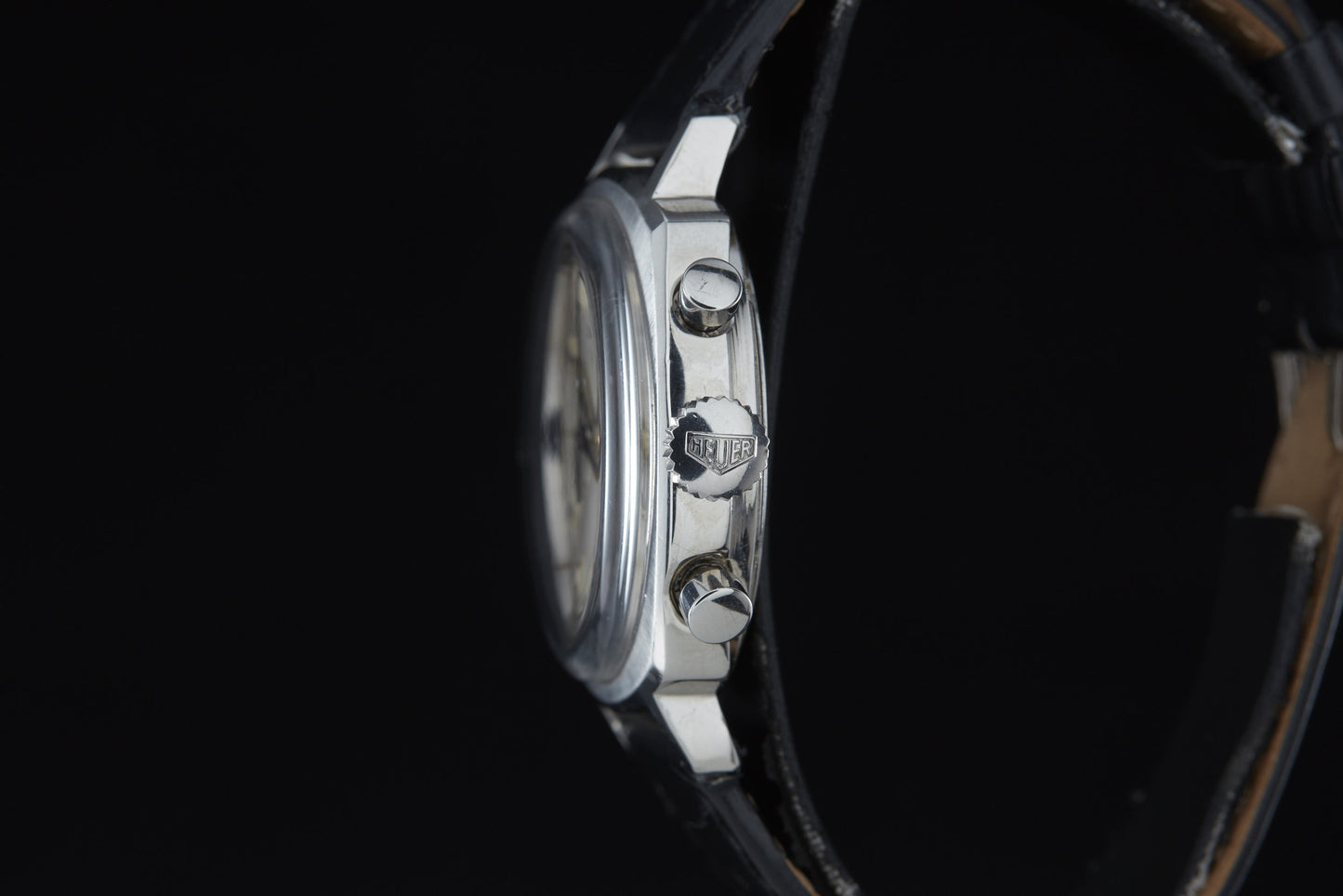


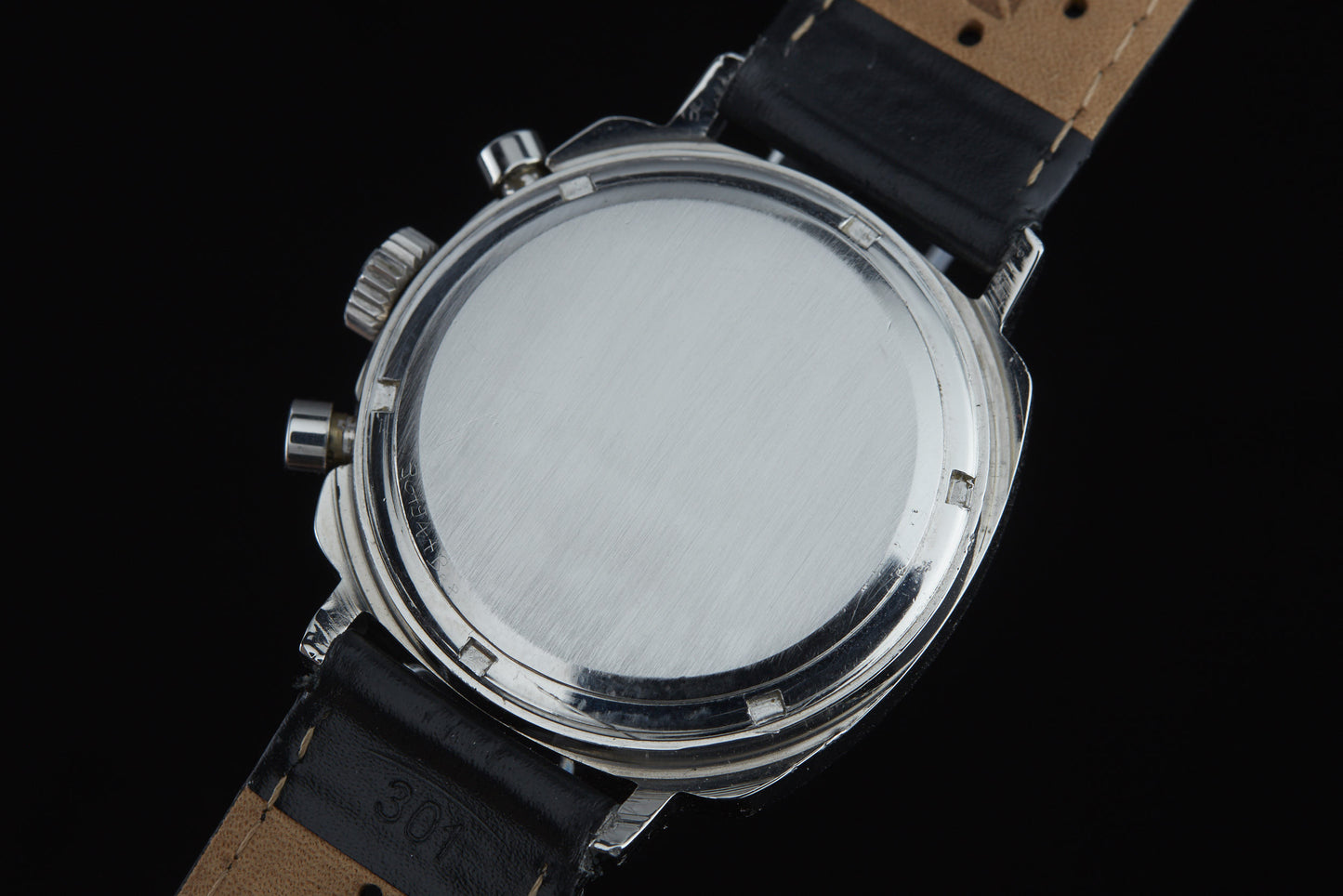

Heuer Camaro
- Soldspan>
- Sold
















